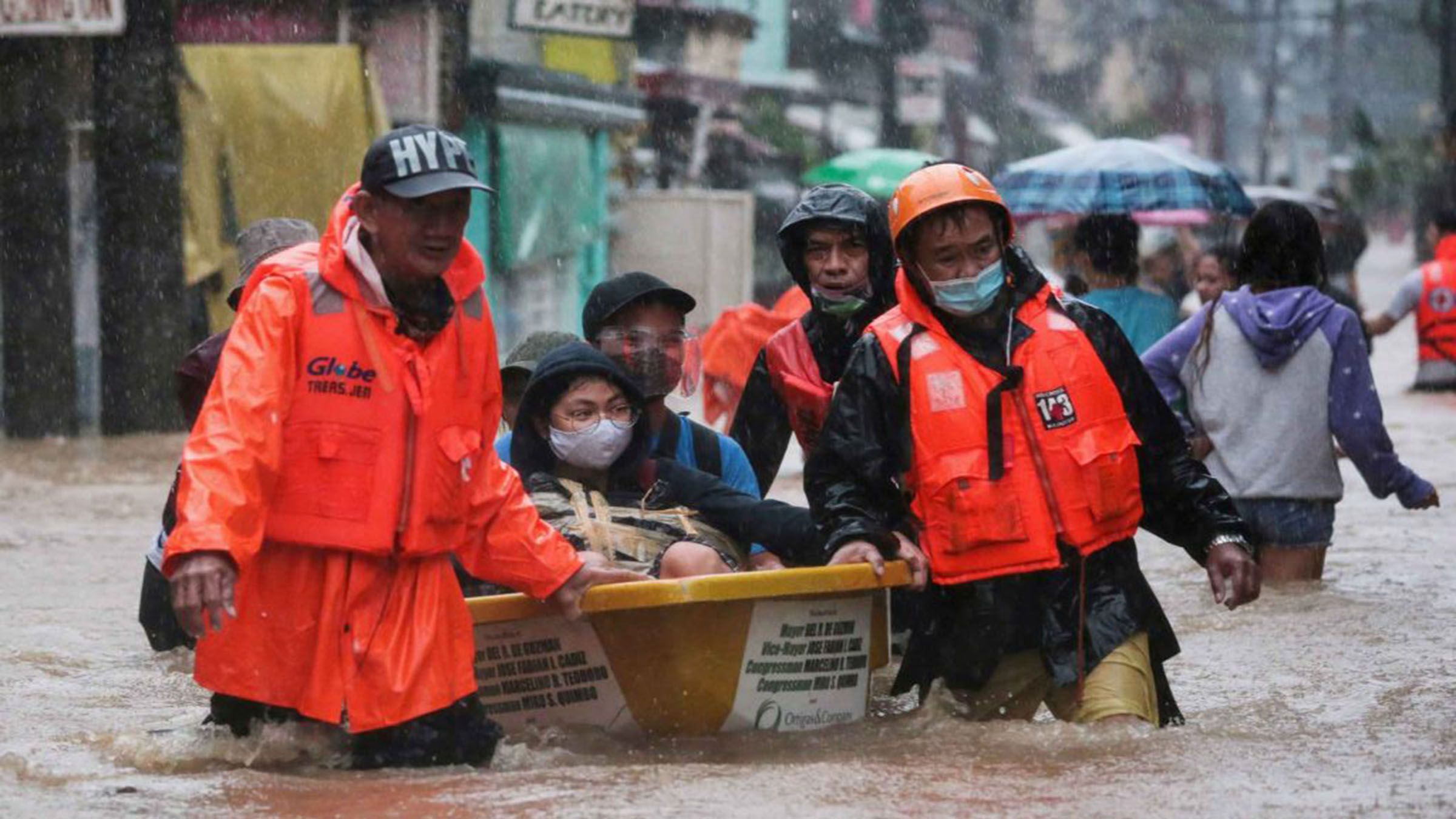The Philippines is no stranger to disasters. With its geographical location and susceptibility to typhoons, earthquakes, and volcanic eruptions, the need for effective disaster response is critical. However, in recent years, it has become evident that rethinking our approach to disaster response is necessary to address the challenges we face.
One key aspect to reconsider is the allocation of resources. Historically, a significant portion of resources has been focused on post-disaster relief efforts. While providing immediate aid to affected communities is essential, a shift towards a more proactive and preventive approach is crucial. By investing in early warning systems, disaster preparedness education, and infrastructure resilience, we can significantly reduce the impact of disasters and enhance our ability to respond effectively.
Moreover, community involvement is paramount in rethinking disaster response. Local communities possess invaluable knowledge and understanding of their surroundings. By actively involving them in decision-making processes, disaster risk assessments, and response planning, we can tap into their expertise and develop context-specific strategies.
Community-driven initiatives have proven successful in various parts of the world, empowering individuals to take ownership of their resilience and fostering a sense of collective responsibility.
Harnessing technology and innovation can revolutionize disaster response in the Philippines. With the increasing accessibility of mobile phones and internet connectivity, leveraging these tools can facilitate early warning systems, disseminate vital information, and coordinate relief efforts.
Furthermore, the use of data analytics, remote sensing, and artificial intelligence can provide critical insights into risk assessment and resource allocation, enabling more targeted and efficient responses.
Partnerships and collaboration are essential in rethinking disaster response. Government agencies, non-governmental organizations, private sector entities, and international organizations must work together to pool resources, expertise, and best practices. Sharing knowledge, coordinating efforts, and avoiding duplication of services will result in a more integrated and streamlined approach to disaster response.
In conclusion, rethinking disaster response in the Philippines is an urgent and necessary task. By shifting towards a more proactive, community-centric, technology-driven, and collaborative approach, we can build a more resilient nation. Investing in disaster preparedness, empowering local communities, embracing technology, and fostering partnerships will pave the way for effective disaster response that saves lives and minimizes the impact of future disasters. It is time for us to reimagine our response strategies and work together toward a safer and more resilient Philippines
